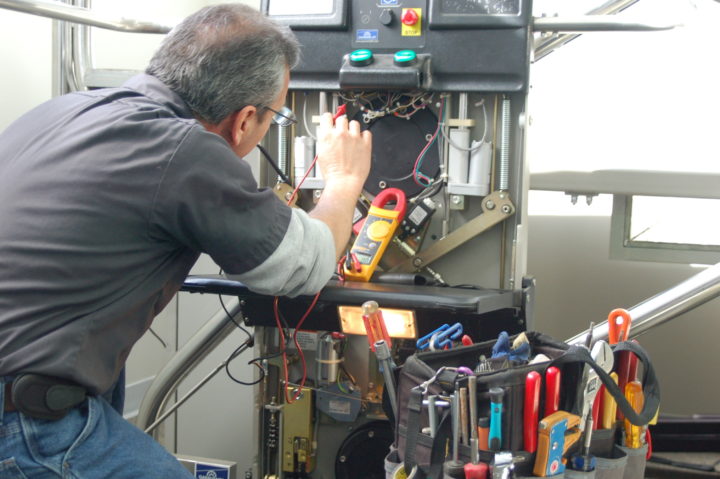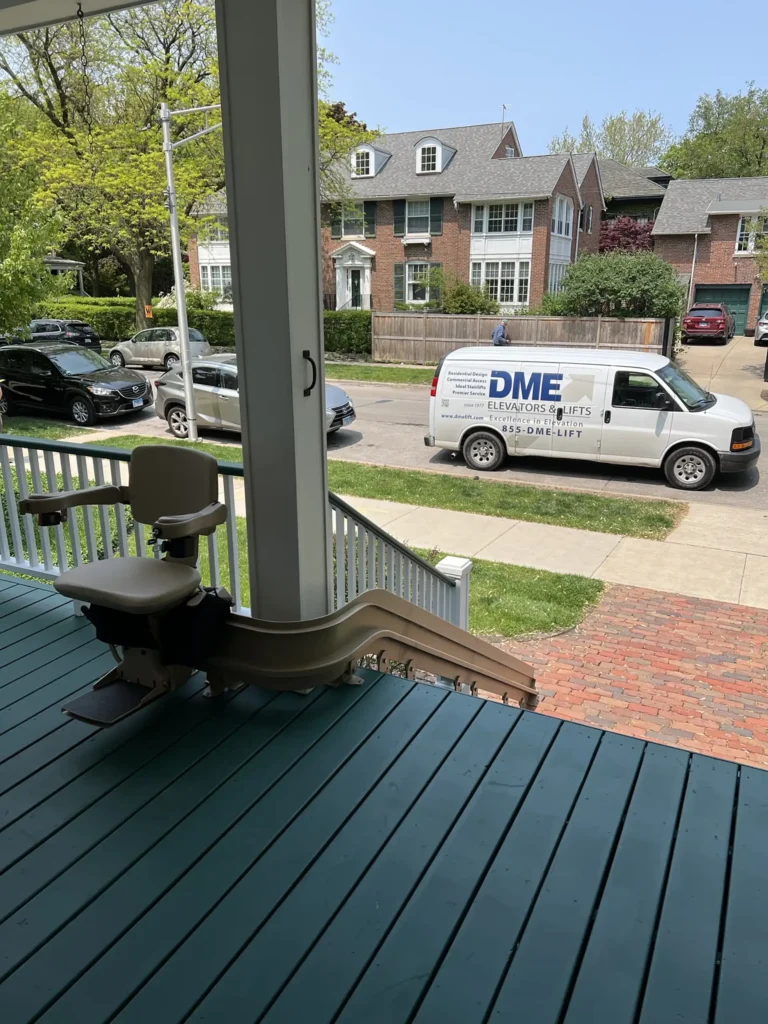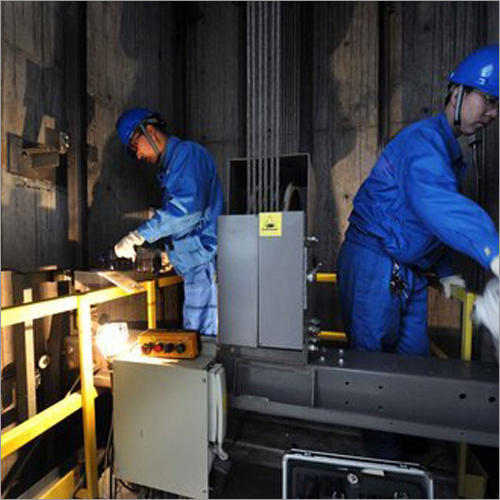Comprehensive Overview to Elevator Systems and Their Maintenance
Browsing the elaborate world of lift systems and their maintenance is a task that requires precision and knowledge. From the numerous kinds of lift systems being used to the precise adherence to safety guidelines, the upkeep of these upright transport devices is a complex venture. As buildings skyrocket higher and modern technology advances, the demand for a thorough understanding of elevator systems comes to be progressively important. Join us as we unravel the intricacies of elevator maintenance, exploring typical issues, finest practices, and innovative technologies that form the modern landscape of vertical transport.
Kinds of Elevator Systems
Lift systems been available in different kinds, each developed to match specific structure needs and individual demands. One of the most usual kinds include hydraulic elevators, grip lifts, machine-room-less lifts, and vacuum elevators. Hydraulic elevators are ideal for low-rise buildings and utilize a hydraulic piston to relocate the lift vehicle. Traction elevators, on the various other hand, are extra suited for skyscrapers and utilize steel ropes and counterweights to move the cars and truck. Machine-room-less lifts are a space-saving alternative as they do not require a separate machine room for the elevator machinery. Vacuum elevators, a much more contemporary advancement, usage atmospheric pressure differentials to relocate the auto within a transparent tube.
Each type of elevator system has its very own benefits and downsides, making it vital for structure proprietors and programmers to thoroughly consider their certain needs before choosing one of the most ideal option. Elements such as building height, space accessibility, power efficiency, and budget restrictions all play a significant role in determining the ideal lift system for a particular structure.
Typical Maintenance Concerns
Regular upkeep of elevator systems is necessary to guarantee smooth procedure and extend their life-span. In spite of regular upkeep, lift systems can still come across common upkeep concerns that need to be immediately resolved to stop disruptions in service. Among the most constant issues is door malfunctions. Lift doors might get misaligned, causing concerns with opening and closing effectively. This can cause delays and safety and security risks, needing prompt attention from maintenance professionals. Another typical issue is connected to the elevator's leveling accuracy. Passengers may experience tripping dangers and pain if the lift does not straighten properly with the floorings. In addition, issues with the control system, such as sensor problems or electrical problems, can trigger the lift to breakdown or quit working entirely. Routine examinations and aggressive upkeep can aid identify and solve these usual upkeep concerns prior to they rise and influence the total efficiency of the lift system.
Safety And Security Rules and Conformity
Abiding by stringent safety and security laws and making sure compliance with sector requirements are critical for maintaining the functional integrity of lift systems. Elevators are subject to a thorough collection of safety laws to protect passengers, maintenance employees, and the public. Regulatory bodies such as the Occupational Safety And Security and Health Management (OSHA) in the United States and the European Lift Organization (ELA) in Europe establish standards that cover different facets of elevator layout, setup, procedure, and maintenance.
Compliance with these regulations is not only a legal requirement however likewise an ethical responsibility for structure proprietors and lift upkeep business. Normal examinations, upkeep checks, and adherence to safety and security methods my company outlined in the regulations are vital to make sure the risk-free and effective operation of elevator systems.
Best Practices for Upkeep

Structure proprietors ought to also take into consideration spending in modernization upgrades to boost the efficiency and safety and security of their lift systems. By complying with these best methods, elevator systems can run smoothly and securely, giving reliable vertical transport for residents.

Advanced Technologies for Efficiency
Carrying out innovative innovations in lift systems can substantially improve functional effectiveness and traveler experience. lift maintenance company. One of the crucial improvements in elevator technology is the introduction of location control systems. These systems permit travelers to input their preferred floor before entering the elevator, which after that routes them to one of the most effective vehicle. By reducing unnecessary quits and enhancing travel courses, location control systems decrease wait times and congestion in high-traffic buildings.
In addition, the combination of smart sensing units and anticipating maintenance capacities has revolutionized elevator maintenance. These sensors can detect prospective concerns before they rise, allowing aggressive maintenance treatments and minimizing downtime. Furthermore, using regenerative drives and energy-efficient parts helps in reducing power consumption and operating expense in elevator systems.
Additionally, the execution of cloud-based monitoring and remote diagnostics enables for real-time monitoring of elevator efficiency and immediate troubleshooting of any type of breakdowns. This aggressive method not just boosts system reliability yet also improves the total user experience by making sure smooth and uninterrupted elevator operations.
Final Thought
To conclude, understanding the different kinds of elevator systems, common maintenance concerns, safety policies, finest maintenance techniques, and advanced modern technologies for efficiency is important for ensuring the smooth operation of lifts. By sticking to safety regulations and carrying out ideal practices for upkeep, building owners can extend the life expectancy of their lift systems and make certain the safety and security of passengers. It is necessary to stay updated on the most up to date innovations in lift modern technology to improve efficiency and reliability.
The most usual kinds consist of hydraulic lifts, grip lifts, machine-room-less lifts, and vacuum cleaner lifts. have a peek at this website Hydraulic lifts are ideal for helpful resources low-rise buildings and use a hydraulic piston to move the lift car. Machine-room-less lifts are a space-saving option as they do not require a different machine room for the lift equipment. Regular inspections and aggressive upkeep can assist determine and settle these usual upkeep concerns prior to they intensify and affect the overall performance of the lift system.
